I'm sure everything will be all right. Are we still on for sushi? San Francisco Gate, via The Extinction Protocol. Excerpts:
For the first time, scientists have detected radioactivity in fish that have migrated into California waters from the ocean off Japan, where radiation contaminated the sea after explosions tore through the Fukushima nuclear reactors last year.
Radioactive cesium was detected in samples of highly prized Pacific bluefin tuna, but it is well below levels considered unsafe for humans, the scientists say.
The evidence is "unequivocal" that the tuna - caught off San Diego a year ago - were contaminated with radiation from Japan's nuclear disaster, the researchers said.
Virtually all bluefin tuna on the market in the United States is either farmed or caught far from the Fukushima area, so American consumers should not be affected by radiation contamination in their fish, seafood distributors say. The migratory bluefin studied by the researchers were all caught by sport fishermen and were not headed for the market.
And:
The finding was wholly unexpected, Madigan said. It came about when he was researching the migratory patterns of bluefin tuna as part of a broader study of Pacific fish migration.
Madigan had collected samples of muscle tissue from 15 2-year-old tuna given to him by San Diego fishermen in August, and when tests detected radioactivity in one sample he sent all 15 samples to Fisher in Long Island, he said.
The young tuna, averaging about 13 pounds apiece, were found to be contaminated with two radioactive forms of the element cesium. Isotopes called cesium-134 and cesium-137 do not exist in nature but are produced only in nuclear explosions such as the weapons tests of the Cold War era.
Before the Fukushima earthquake and tsunami, low levels of the radioactive cesium-137 , which decays to harmlessness only over thousands of years, had been measured in Japanese waters, while the shorter-lived cesium-134 was undetectable, the scientists said. That difference, they said, was crucial in concluding that the radioactive contamination was linked to the Fukushima disaster.
Increased concentrations of radioactivity contaminated nearly 60,000 square miles of the ocean off Japan after workers at Fukushima pumped thousands of tons of seawater over reactors last year to prevent a complete meltdown of the reactor cores.
As with previous estimates about everything regarding Fukushima, the 60 thousand square mile contamination zone is most likely a vast under-estimation, and that estimate will be revised upward.
For the first time, scientists have detected radioactivity in fish that have migrated into California waters from the ocean off Japan, where radiation contaminated the sea after explosions tore through the Fukushima nuclear reactors last year.
Radioactive cesium was detected in samples of highly prized Pacific bluefin tuna, but it is well below levels considered unsafe for humans, the scientists say.
The evidence is "unequivocal" that the tuna - caught off San Diego a year ago - were contaminated with radiation from Japan's nuclear disaster, the researchers said.
Virtually all bluefin tuna on the market in the United States is either farmed or caught far from the Fukushima area, so American consumers should not be affected by radiation contamination in their fish, seafood distributors say. The migratory bluefin studied by the researchers were all caught by sport fishermen and were not headed for the market.
And:
The finding was wholly unexpected, Madigan said. It came about when he was researching the migratory patterns of bluefin tuna as part of a broader study of Pacific fish migration.
Madigan had collected samples of muscle tissue from 15 2-year-old tuna given to him by San Diego fishermen in August, and when tests detected radioactivity in one sample he sent all 15 samples to Fisher in Long Island, he said.
The young tuna, averaging about 13 pounds apiece, were found to be contaminated with two radioactive forms of the element cesium. Isotopes called cesium-134 and cesium-137 do not exist in nature but are produced only in nuclear explosions such as the weapons tests of the Cold War era.
Before the Fukushima earthquake and tsunami, low levels of the radioactive cesium-137 , which decays to harmlessness only over thousands of years, had been measured in Japanese waters, while the shorter-lived cesium-134 was undetectable, the scientists said. That difference, they said, was crucial in concluding that the radioactive contamination was linked to the Fukushima disaster.
Increased concentrations of radioactivity contaminated nearly 60,000 square miles of the ocean off Japan after workers at Fukushima pumped thousands of tons of seawater over reactors last year to prevent a complete meltdown of the reactor cores.
As with previous estimates about everything regarding Fukushima, the 60 thousand square mile contamination zone is most likely a vast under-estimation, and that estimate will be revised upward.















































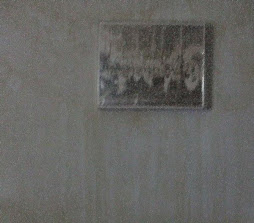






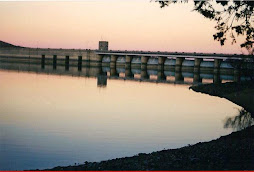







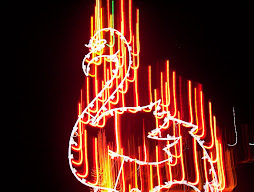




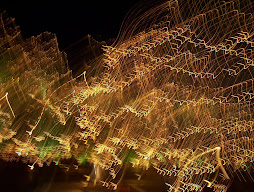

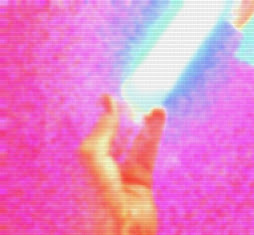










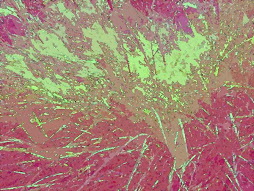
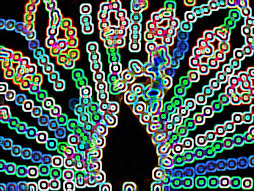









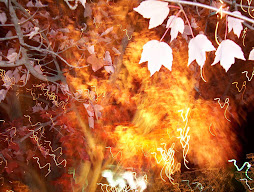













No comments:
Post a Comment